Teerthams of Rameshwaram
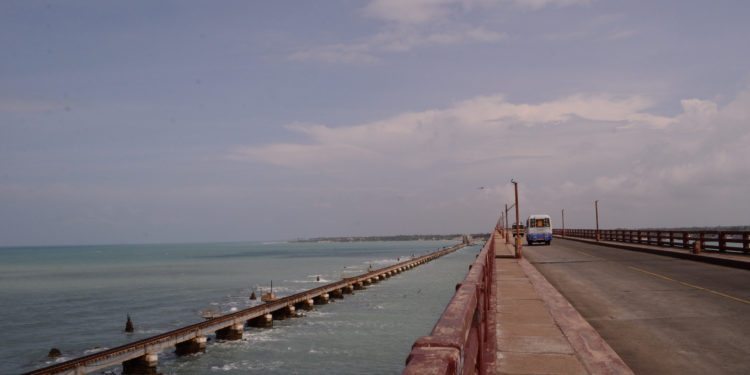
The ocean parts ways as the road takes us to a small temple. It is a cloudy day and the seas look grey and a bit wild. The road ends at a temple which seems renovated. We climb some steps and look out through the arches at the sea. . I am standing in the temple where Rama ‘s “padam” or footprints are placed on a chakra and it is the highest point in Rameshwaram.
Another flight of steps takes me to the terrace. Standing atop the shrine, I look around at the entire scenery around me. It takes a moment to sink in. I am in one of the most spiritual and mystical lands in South India, the setting of a legendary epic. This is where Rama and his army built a bridge across the oceans to Srilanka to defeat Ravana .
I look out to see the sea stretching out in the horizon bordered by the greenery and somewhere in the distance lies the washed away town of Dhanushkodi and even beyond that is Srilanka. A tree filled with egrets distracts me .
Rameshwaram is many things to many people. A mythical and a mystical destination, it is the setting of the grand epic, Ramayana which pervades the entire landscape. The gods and their stories come alive in every corner of the town. And I am not just referring to the temple, but to the many tanks or wells here, referred to as Theerthams that surround the town. . It is like following in the footsteps of Rama’s journey as every drop of water here has a story to narrate.
But it is the ocean that fascinates me. The first view that one gets of Rameshwaram is the Pamban bridge that fans out across the oceans. Located at the tip of the Indian peninsula in the Gulf of Mannar, Rameshwaram is locked in an island connected to the mainland by the bridge. There is a mild flutter, a gentle vibration as few vehicles rush past me, oblivious to the grandeur of nature. I gaze at the sea as the many shades of blue merge with the foam and every wave takes on a different hue.
The Ranganatha temple stands tall as devotees make their way to cleanse themselves with a sacred bath at the 22 wells or teerthams that surround it. The long corridor stretches as stories from Ramayana are painted in every wall here. There are many legends here, but the one that is most often reinforced is how Rama prayed to his Lord, Shiva to absolve him of any sins committed during the war. Even today, it is believed that the tanks around the temple have a perennial source of water.
Rameshwaram, am told has close to 64 theerthams and while some of them are in the form of wells, others are like ponds, tanks and one of them, the Agni Theertham is the sea itself. They are located in forests, in temples, inside towns, on the highways and on mud roads and in the middle of the ocean. It is like following in the footsteps of Rama’s journey as every drop of water has a story to narrate. While some of these teerthams are named after Rama, Lakshmana, Seetha, Hanuman, Sugriva, I head to a couple which transports me into a different world .
I journey around forests to locate some of the temples and wells .I am on my way to Dhanushkodi and the scenery gives way to dense undergrowth and the roads leads to paths that cuts through the wilderness. We stop the car in front of thorny shrubs and walk through the trees until we see a board that says “ Jada Theertham “. Surrounded by dense trees is a tank under a peepal tree and a temple close by. A priest tells us that this is where Rama washed his hair (Jada) after he killed Ravana and he had installed a lingam here. Another fascinating legend says that this is where Jatayu, the king of birds fell after his fight against Ravana.
Legends seem to follow me wherever I go. I am headed to Villondi Teertham , right in the middle of the ocean. The sea looks pristine blue and the azure waters sparkle in the sunlight. A bridge appears in the middle of nowhere taking me right into the ocean. I stand at the edge and look out into the blue green waters. A small well here is filled with water. You are allowed a sip and the water is absolutely sweet. “ This is where Rama pierced his arrow to ensure sweet water flowed to quench Sita’s thirst, “ says the caretaker here. I am also told that Rama’s bow and arrow is buried here and hence the name Villondi Teertham.
But it is not just the wells or tanks here that speaks of Rama. I sit by the oceans and as the waves lash , I can imagine the army of birds, squirrels, monkeys and bears getting ready to fight the war against Ravana. And as the oceans change colours yet again, I am completely lost in the world of epics and legends where good prevails over evil .
Also read – The sun, the sand and the temple at Tirupullani

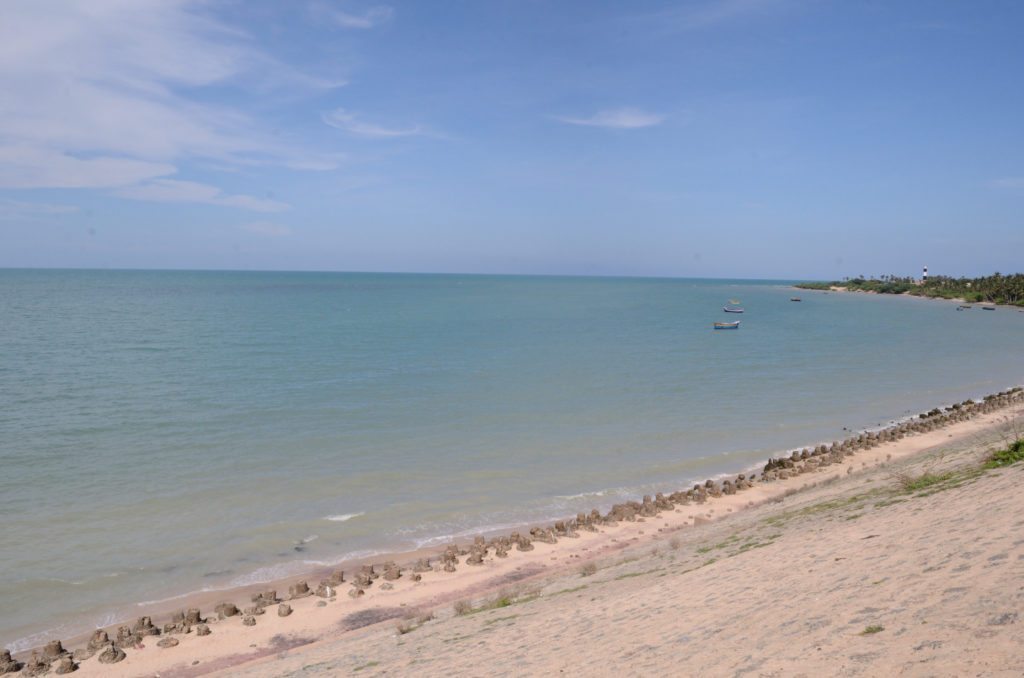


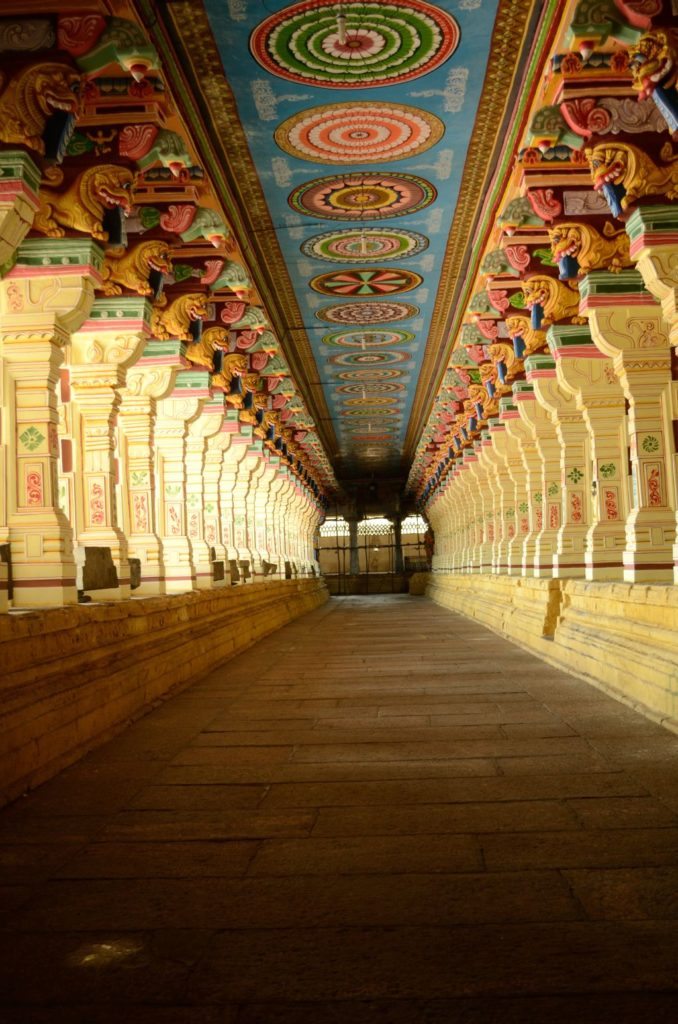
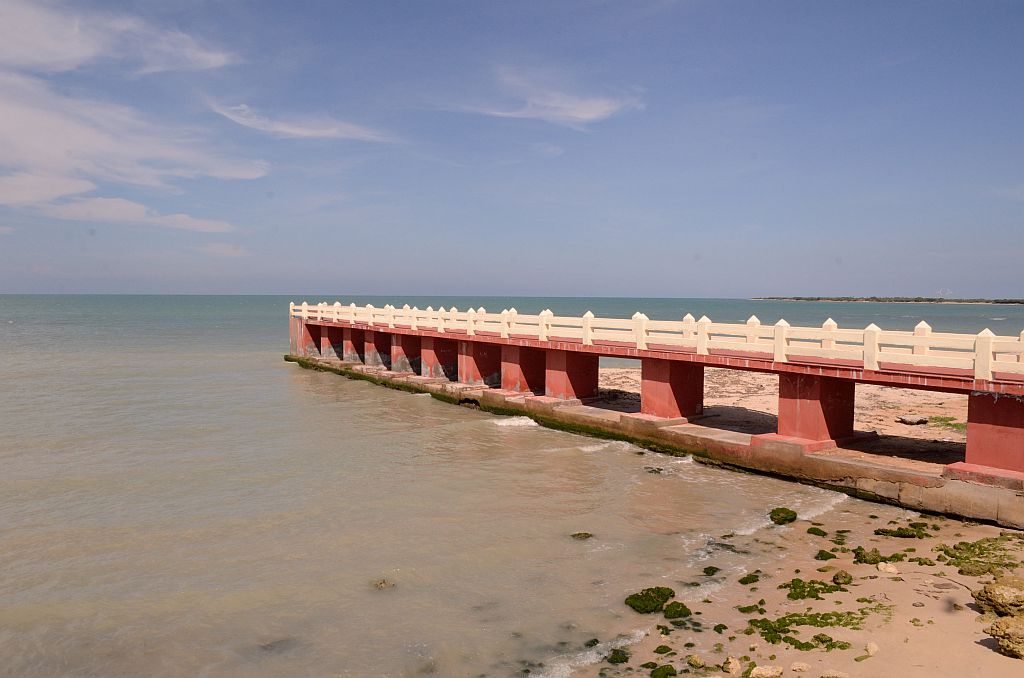
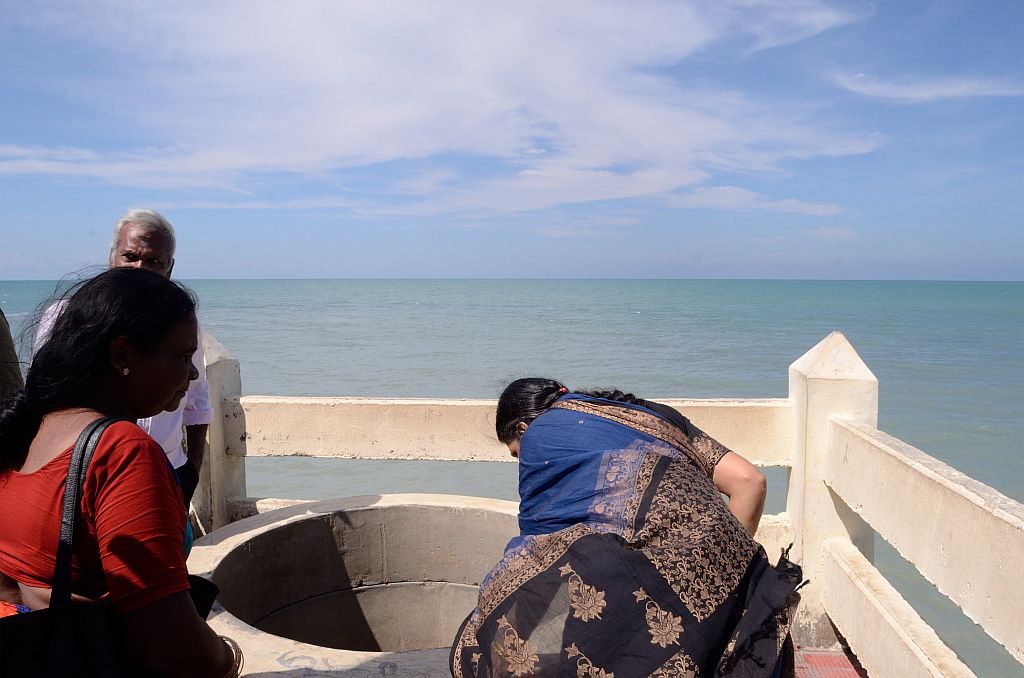
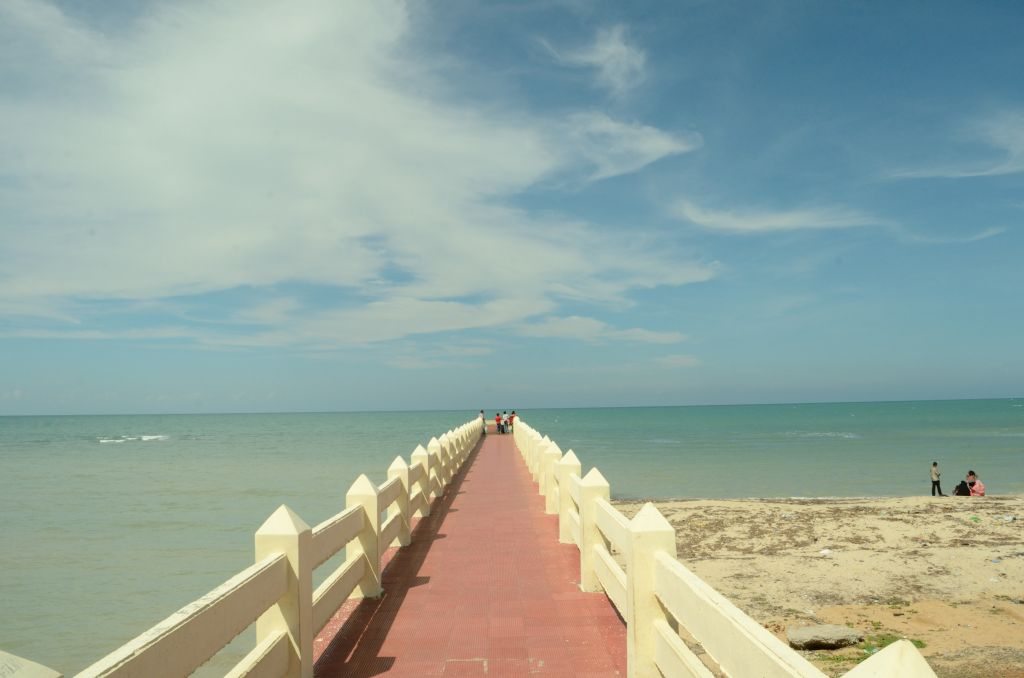
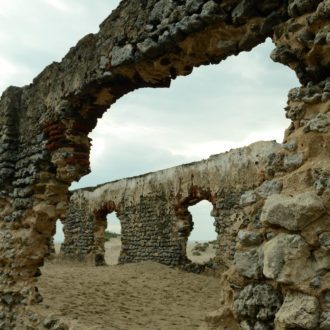
looks like another visit to Rameswaram is indicated, since I havent visited either of these teerthams. lovely post, Lakshmi!
Thanks Anu..you should visit soon
Great post! Rameshwaram is now on my 2014 winter tour of Tamil Nadu.
Thanks so much..hope you get to visit it this winter.
Nice write-up. Been wanting to visit Rameshwaram for long.
Thanks Niranjan..you must visit there
Nice write up and pictures. reminded us of our trips to this beautiful place. Did you visit lovely Kushi beach on the way to Rameshwaram? http://journeys2remember.blogspot.in/2013/01/kushi-beach-rameshwaram-quaint-lovely.html#.UtKZIGQW3Vs
I dont remember Poorna..visited several beaches
Lovely! Having lived in Tamil Nadu for so many years, I have always wanted to go to Rameshwaram, but haven’t managed to yet.
Rameswaram is one of the holiest tourist destinations in India and famous all over the world for the Ramanathaswamy Temple. I had visited this holy place with my parents, and was really amazed at its architecture. It is an ideal place for devotees of Lord Shiva and one can also find some beautiful beaches nearby.
Cool story bro
Very beautiful sea shore and corridors of Temple.i am thinking to see the Teerthams of Rameshwaram.